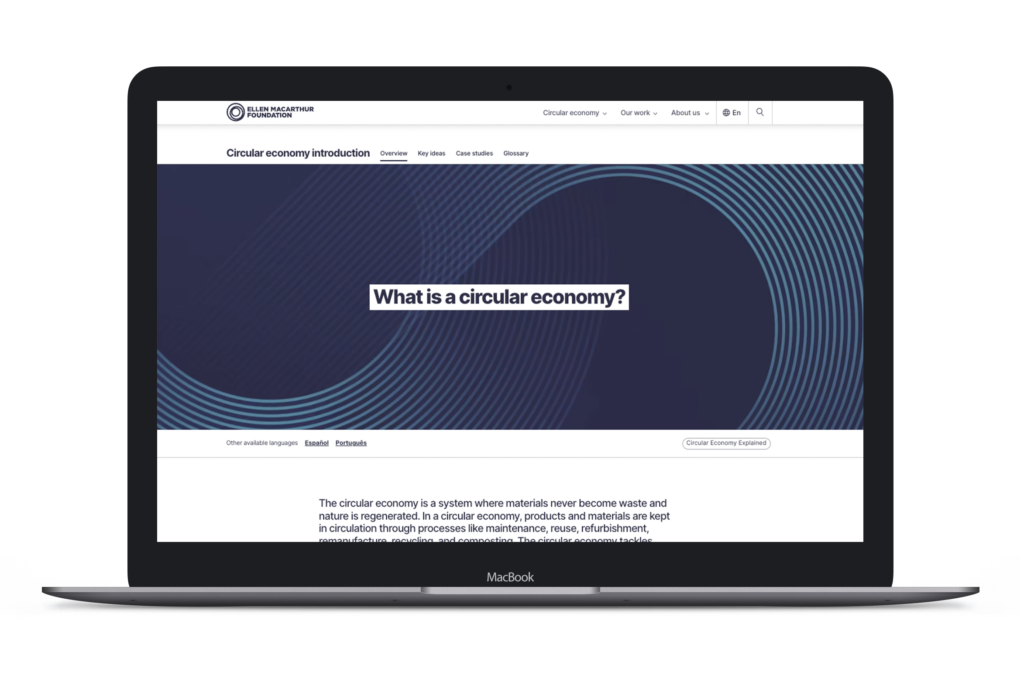 READ HABITABLE’S NEW REPORT
READ HABITABLE’S NEW REPORTThe circular economy is a transformative system where materials are continuously repurposed, ensuring nothing becomes waste and nature is regenerated.
This approach involves processes like maintenance, reuse, refurbishment, remanufacture, recycling, and composting to keep products in circulation. By decoupling economic activity from finite resource consumption, the circular economy addresses climate change, biodiversity loss, waste, and pollution. Rooted in the principles of eliminating waste and pollution, circulating materials at their highest value, and regenerating nature, this resilient system benefits businesses, people, and the environment.


In this opinion piece, architect Martha Lewis addresses the ecological polycrisis of the twenty-first century and its impact on the architectural sector, emphasizing the urgent need for architects to reassess material choices and construction methodologies to mitigate environmental consequences.
The Resource Efficiency Collective at Cambridge University explores how to deliver future energy and material services while reducing resource use and environmental impact, aiming to find suitable metrics and solutions for a more resource-efficient society.

Project Drawdown is a nonprofit organization dedicated to advancing effective, science-based climate solutions, fostering bold new climate leadership, and promoting new narratives and voices to help the world stop climate change.

Project TENDR is an alliance of scientists, health professionals, and advocates dedicated to protecting children from toxic chemicals and pollutants that harm brain development, focusing on ending disproportionate impacts on low-income and minority families.

The new Global Framework on Chemicals envisions a planet free of harm from chemicals and waste, covering the life cycle of chemicals, promoting initiatives for their sound management, and involving stakeholders from various sectors and levels to ensure a safe, healthy, and sustainable future.


A new report reveals that low-income countries, despite using less plastic, face lifetime plastic costs that are ten times higher than those of wealthier nations.
This disparity highlights the structural inequities within the plastics value chain, where the burdens of plastic pollution fall disproportionately on those least equipped to address them, exacerbating the crisis. WWF urges all governments to adopt a treaty with harmonized, binding global rules to eliminate these inequities in our current take, make, and waste plastics system. Such a treaty is essential to ensure a fair and effective global response to plastic pollution.

The American Chemistry Council promotes chemical recycling as a solution to plastic waste but this article highlights concerns raised by environmentalists about its efficacy and environmental impact, as well as the lobbying efforts to reclassify it as manufacturing in 24 states.
This video describes why plastic ends up in the environment and the solutions needed to disrupt the unsustainable use of plastic by holding manufacturers accountable for the products they make.
Dr. Jonathan Foley, Executive Director of Project Drawdown, talks about how carbon offsets and “net zero emissions” claims are a dangerous distraction to meaningful climate change initiatives.


 Health
Health Climate Change
Climate Change Pollution
Pollution Equity
Equity